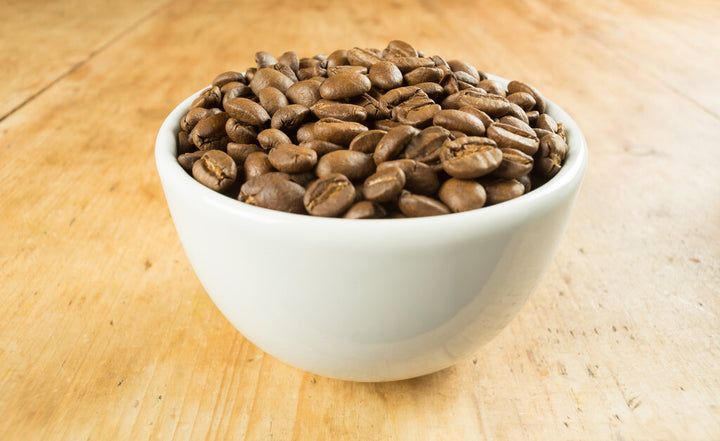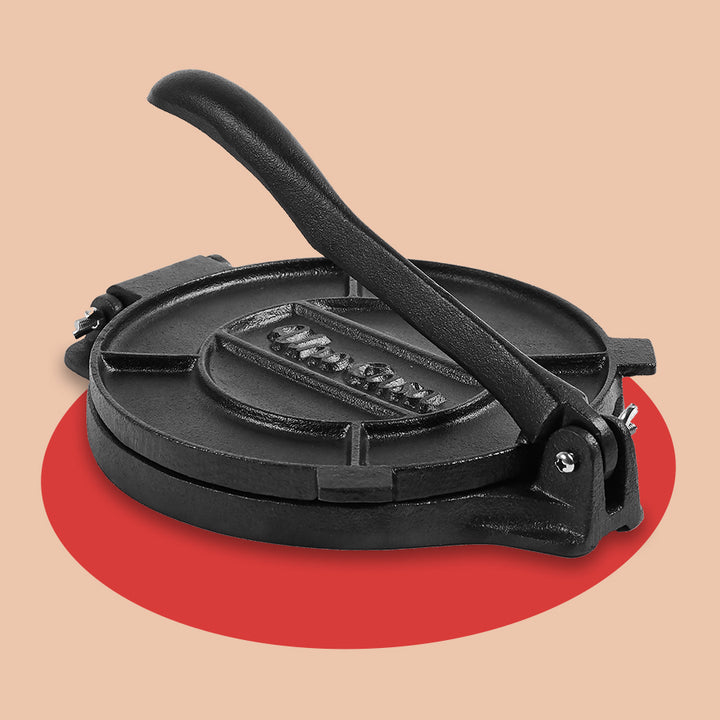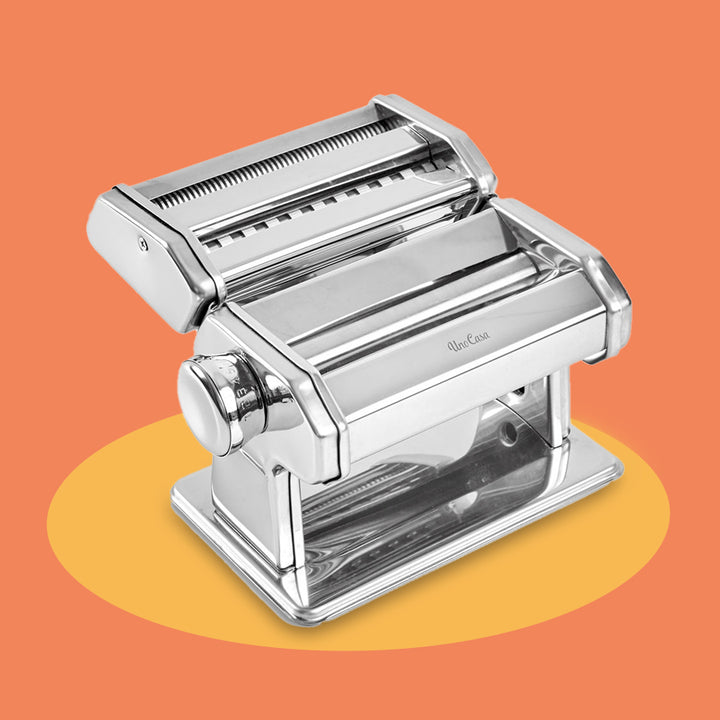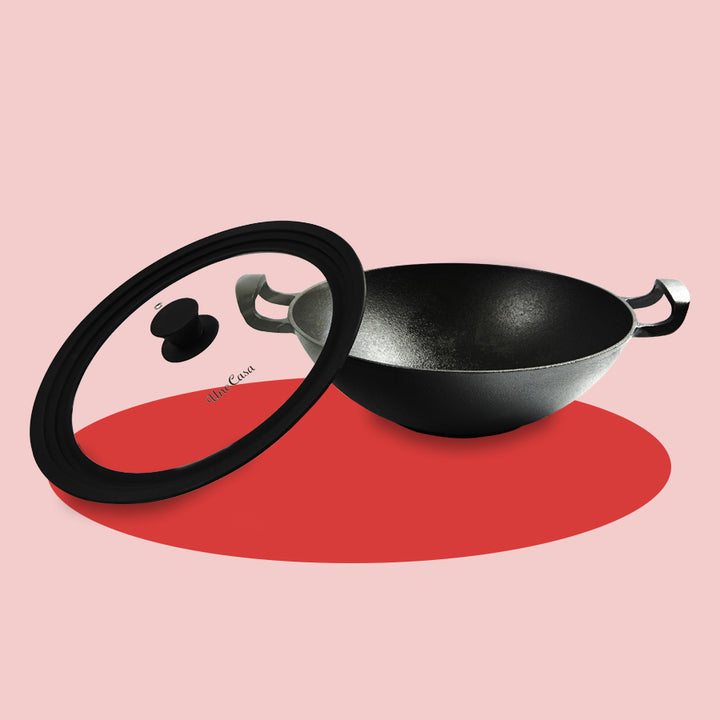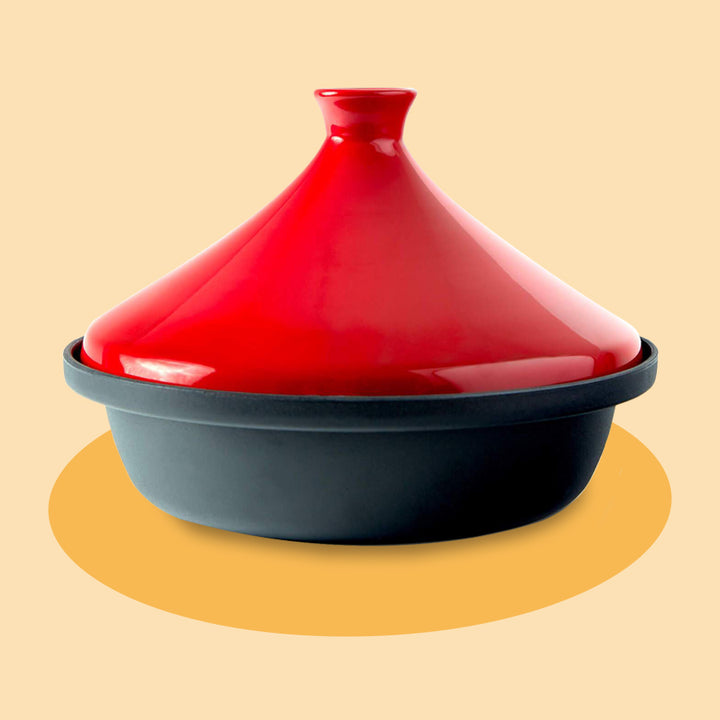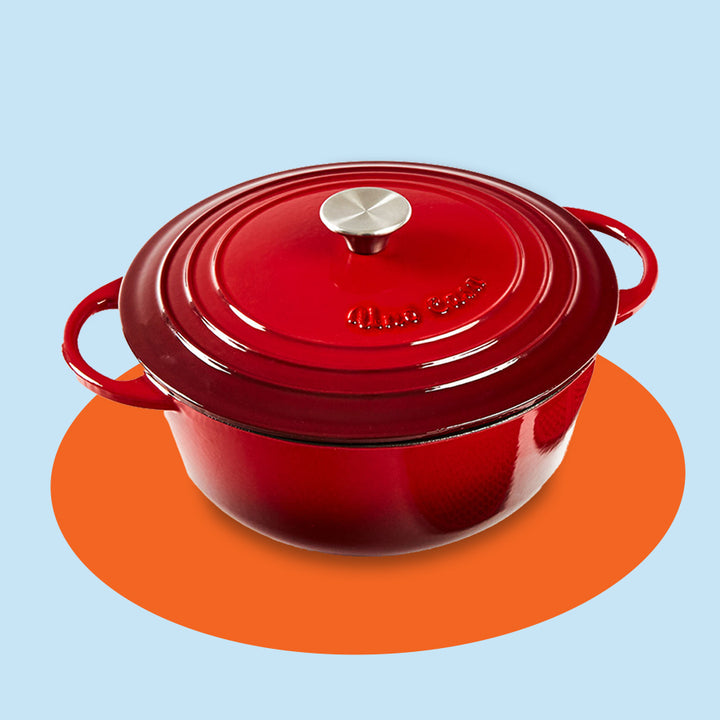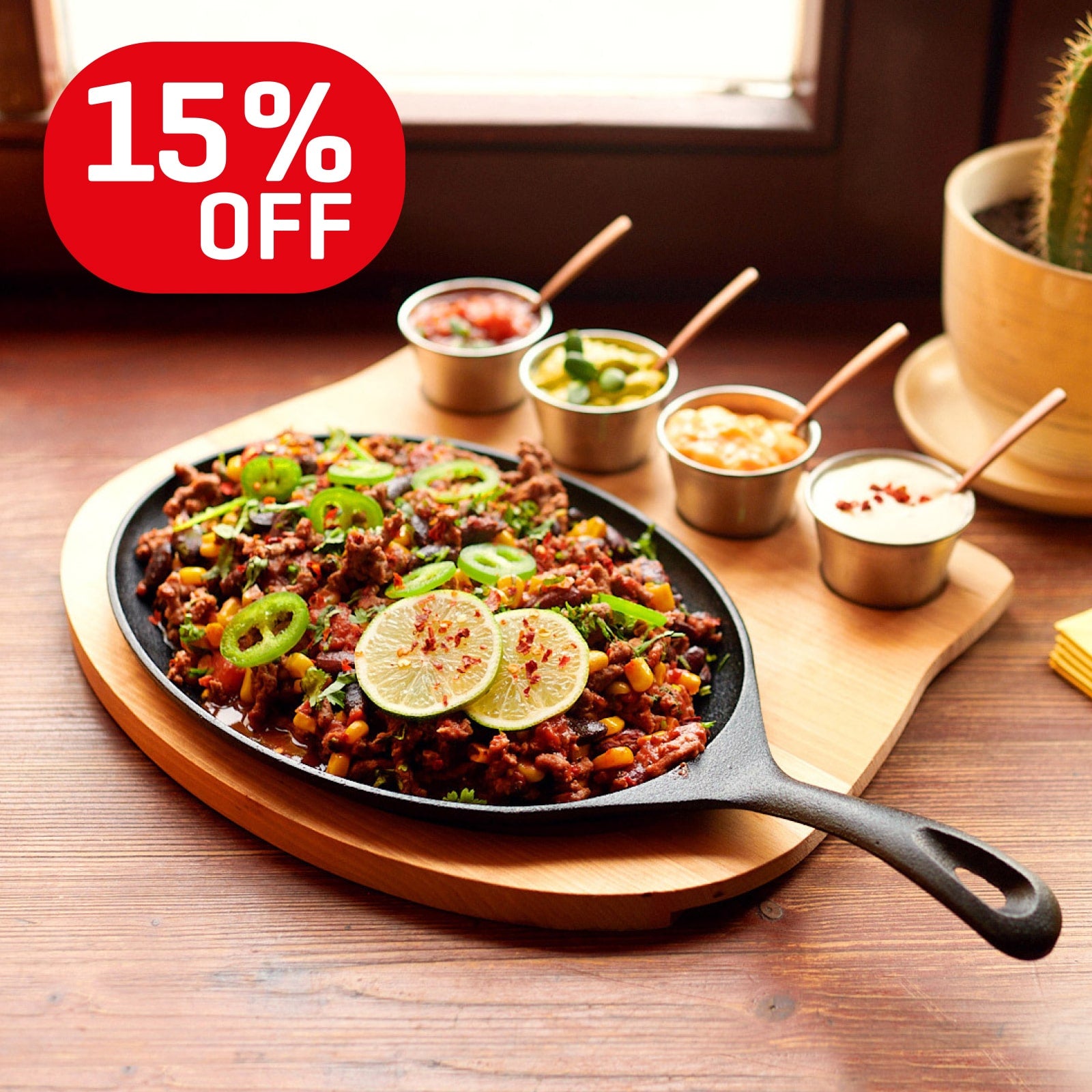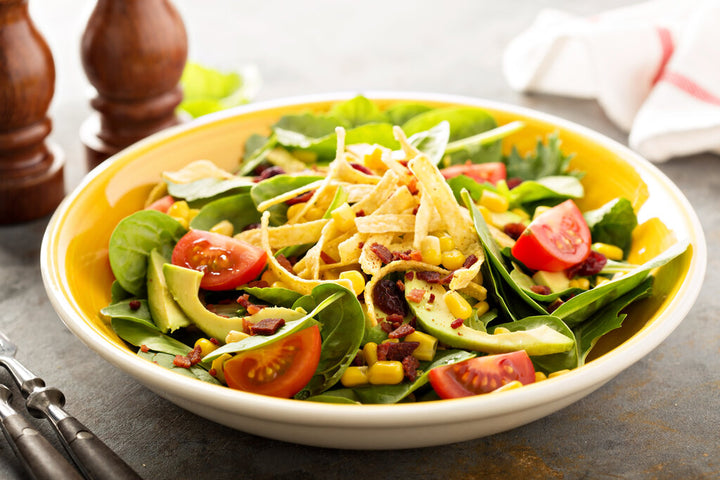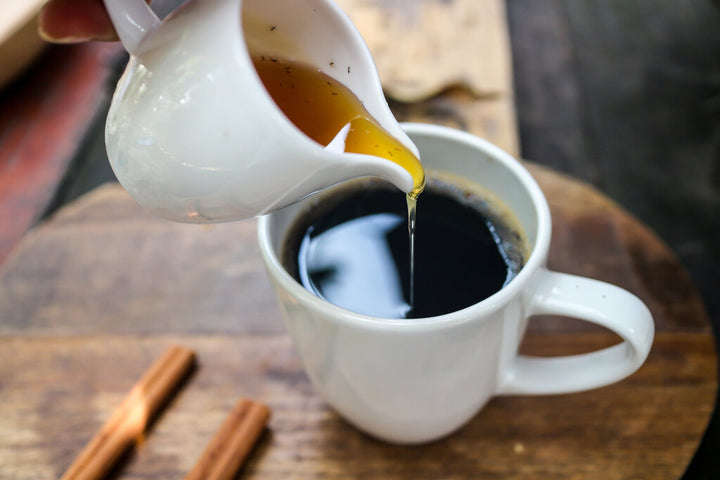Ground Coffee Vs. Whole Bean: Which Makes a Better Cup?

Do you usually buy convenient pre-ground coffee or prefer the freshness that comes from whole bean coffee? Before you make your next coffee-buying decision, read our complete guide to fresh ground coffee vs. pre ground so you can buy the best coffee grounds for you!
The coffee aisle at the grocery store is overflowing with all types of ground coffee and whole bean options from all over the world. Do you pick a dark roast, whole bean Yirgacheffe, or a ground Columbian medium roast?
While there isn’t a clear right or wrong answer for buying coffee, both whole bean or ground coffee comes with different pros and cons that will determine which is the proper brew for you.
Follow our bean guide below to learn more about whole bean coffee vs. ground and how it affects your brewing process.
What is whole bean coffee?
Whole bean coffee is coffee beans, roasted but not yet ground, staying in their complete form. While it might seem inconvenient to buy the whole bean, and arguably it is less convenient, there are plenty of reasons why many people purchase whole ground.
Generally, you get a better quality bean and have more grinding options. In fact, many local and small bean roasters only send their coffee out in its whole bean form to protect its freshness and quality.
If you'd like to learn more, check out our article on how is coffee made.
What is ground coffee?
Ground coffee beans are simply whole beans pre-ground into small, uniform pieces before they reach the consumer’s hands. Though you’ll find plenty of whole bean brands, ground coffee is still the most popular purchase choice.
Most ground coffee beans are medium to medium-fine grind, which is the most universally suitable grind for most automatic drip and pour-over coffee maker used with a gooseneck kettle. If you purchase your beans from a small coffee shop or roastery, they’ll often grind the beans for you with their high-quality bean grinder – you’ll be able to choose the fineness of your grind.
Whole vs. Ground Coffee: The Biggest Pros and Cons
#1: The Freshness Factor
Roasting coffee beans is necessary to enhance their flavor, release coffee oils, and make your coffee taste edible. During the roasting process, oxygen breaks down the cell walls of the bean, leaving small open “gaps” within the shell. These gaps expose the bean to more oxygen over time, meaning once roasted, beans go stale more quickly, usually within 2-6 months.
Grinding coffee breaks the bean apart completely, exposing it to even more air, so ground coffee is only fresh for 1-2 weeks.
That means most ground coffee beans that traveled to your grocery store and sat on the shelf are already stale or very close to it!
Worse yet, most pre-ground grocery store beans lose most of their freshness in the first 20-30 minutes after grinding. Sure, you can still drink stale coffee, but it doesn’t taste as good – it loses its more subtle flavors, aromas, acidity, and natural sugar.
Buying whole beans and grinding right before you brew is best. If you find it too tedious to make freshly ground coffee for every cup, grind your whole bean coffee in small batches that will last you a few days, and keep the leftovers sealed in an airtight jar.
Winner: Whole Bean Coffee
#2: Grind Size Options
Pre-ground coffee almost exclusively comes in one grind size: medium. While medium grind will do you just fine for some of the more popular brewing methods like automatic drip brewers and pour-overs, it is only suitable for certain preparations.
If you try to use medium grind coffee in your Moka Pot or French press, it’s going to be over-extracted.
Why? Because the ideal amount of surface area of the beans depends on how much time any hot (or cold) water comes into contact with your beans. A French press method leaves the beans submerged in hot water for several minutes, so it requires a coarser grind to nail the extraction perfectly.
So, while pre-ground medium coffee may work well in your coffee maker, it won’t always work.
The whole bean, on the other hand, isn’t yet ground. Most decent quality coffee grinders give you several grind settings to choose from, meaning your whole bean coffee can be turned into different coffee grinds suitable for all coffee makers.
Winner: Whole Bean Coffee
#3: Flavor Adaptation
Some tasting notes are often printed on the sides of our coffee bean bags that sound downright delicious. Who doesn’t want a fruity cup of dark chocolate roasted espresso? Sometimes, we get a bag of coffee that doesn’t exactly live up to our expectations.
Along with the grind size choices, whole bean coffee can offer a broader range of coffee flavors for every connoisseur’s delight. Because you’re grinding your beans in small batches, you can adjust your coffee’s taste by varying the grind to a little finer or coarser for your next batch.
With pre-ground coffee, you’re stuck with what you get.
Winner: Whole Bean Coffee
#4: The Convenience Factor
You probably already know which option wins in this category: pre-ground coffee is ready for you, so you can simply pour straight from the bag and into your coffee maker every morning (and afternoon and evening!).
For anyone who struggles to get out of bed in time to grind some beans or doesn’t want to wake up their household in the wee hours of the morning with the jarring sounds of the coffee grinder, pre-ground may be for you.
Beyond the extra time it takes to grind, grinding whole beans is a bit of an art that takes some time to master, whereas pre-ground coffee has even-sized particles for a balanced extraction.
Winner: Pre-Ground Coffee
#5: Cost of the Bean
Do you get more coffee with whole beans or ground?
Both bags of coffee beans are of a similar size and give you approximately the same amount of coffee.
Whole bean coffee is often a little higher in price than pre-ground because the quality of the beans is better, and you pay for what you get when it comes to coffee!
Many small, local roasters sell whole beans that are high-quality with guaranteed freshness, so they can charge a small premium for them. You can’t hide poor quality in a bag of whole beans, and the selection process for the best beans to sell whole is more involved and more expensive than that of pre-ground coffee options.
One caveat to whole bean coffee is that you’ll need to buy a grinder. Though some of the models are pretty expensive, you can also invest in a cheap grinder if you’re less concerned with your coffee’s quality.
Winner: Both. You pay for the quality you get with both options.
Grinding Coffee at Home: Which Grinder is Best?
If you spring for whole bean coffee, you’ll need to invest in a decent coffee grinder. Let’s compare the two common types of coffee grinders you’ll find to determine which is best for grinding coffee beans.
Burr Grinders
The conical burr grinder is what you’ll see at most high-end coffee shops and is the top-quality option on the market. It’s priced accordingly, and most burr grinders don’t come cheap. The burr grinder, also called a burr mill, provides the best grind consistency, uniformity, and quality. Two spinning burrs move together to crush and “chew” coffee beans into small pieces.
Blade Grinders
The blade grinder is quite affordable, and though it does a decent job, the results aren’t nearly as uniform as what you get from either type of burr grinder. A blade grinder has a small blade in the center that spins like a propellor, chopping coffee beans as it turns.
The blade grinder gets the job done faster than a burr grinder, but you’ll end up with coffee grinds of all sizes.
Ground Coffee vs. Whole Bean: Which is Best for You?
Our final tally on the difference between whole bean and ground coffee is 3:1 for whole beans, with a tie in the cost category.
So, does that mean you should buy and drink whole bean coffee? Not necessarily.
Choosing a coffee is very individual and largely depends on how you weigh the categories yourself. If you prefer quality over convenience, you’ll want to get the whole bean. If you want a quick hit of caffeine and don’t mind using medium grind, then pre-ground may be for you.
Whichever bean you choose, we hope you enjoy your next cup!
Leave a comment
Comments will be approved before showing up.
Also in Tips
